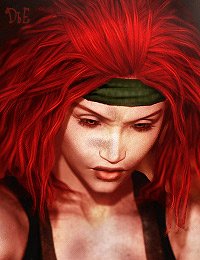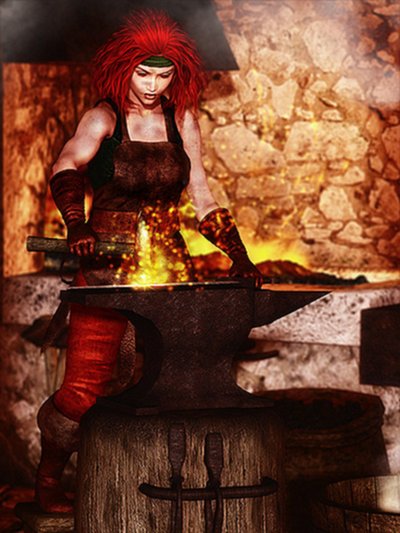Site Details
Home
News
Site
Map
FAQs
Site
History
Email
The Safety Zone
About
The Section
The
1974 Act
Managing
Safety
Risk Assessment
Appendices
Award Program
Closure
Criteria
Commentary
And Stats
The
Winners
Articles
About Me
Webmaster
Biography
Bin
Head Blog
The Cubbyhole
MX5 MK2.5
Multiple Sclerosis
Italy2006
GemStone IV
Job Evaluation
Italian gcse 2008
1/2 Marathon Training
New York 2008
Italian Tour 2009
V Festival 2011
Bucket List
New Zealand 2012
Standard Medium Large TextOnly
Assess risk
personal - GemStone IV forging
Being a member of the Kazunel clan means accepting certain responsibilities. One of those responsibilities involves passing on to the next generation one of the clan's defining skills... that of forging weapons.

However to pass on a skill one has first to learn that skill. I am
ashamed to say that it has taken me many years to appreciate that. But on Feastday, day 16 of the month Lormesta in the year 5110
I visited one of the blacksmith's workshops in Wehnimer's Landing to begin
to perfect the art of weapon making.
I intend to chart my successes and failures in the art of making the perfect weapon.
I will make reference to the resources used, written and verbal, in my attempt to master these skills. It should be noted
that I will record my trials and tribulations with little reference to the technical elements that so exercise the minds of those
more scholarly than myself. I am interested in what the landing folk would I
suppose call 'the human element' and what I as a dwarf would term 'the
more personal element' - the time, the
commitment and the dedication that goes to becoming a master blacksmith. If
I slip in a few technical comments, then trust me... it will be by accident.

WHAT IS FORGING?
Forging is the art of manipulating metal, usually by using a hammer and anvil on metal subjected to high temperatures, which
allows its manipulation. Anyone can forge with a modicum of training. But not everyone can forge well. It take time and dedication
to learn this artisan skill.
FORGING SCROLLS
I decided that it was not sufficient to rely on knowledge acquired during my youth. The only way to successfully forge was to read
as many scrolls on the subject. I knew that each town had its own forge but wanted to practice the skill in a town where I could
get assistance if needed, so chose one of the more bustling of towns. Wehnimers. I took a day to read through the
following scrolls:
Reading these scrolls gave me an re-appreciation of forging.
MY FIRST VISIT TO THE FORGE
On Feastday, day 16 of the month Lormesta in the year 5110 I ventured to the forge for the first time. I knew that before I could
create a weapon I would need to do a number of things:
- Buy and wear a crafting apron
- Create a forging hammer by crafting a handle and creating the hammer head
- Perfecting the forging of one (maximum of two) types of weapon heads
I wandered over to the public workshop supply stalls.
[Public Workshops Supply Stall]
A tin-clad counter occupies the center of the stall, and a large sign hangs from the main post that rises in
the stall's center. An almost grim faced half-elf, with broad shoulders and muscled biceps, stands behind
the counter, a polished mithril toothpick held in her teeth.
I purchased a leather crafter's apron from Samilla and put it on. After that I purchased a bronze bar and then paid 300 silvers
to rent some time in one of the vacant workshops.
[Orc Workshop]
Uneven gaps between the rough-hewn planks of the walls make it clear that the workshop's walls
are intended to only block out the worst of the weather. Crowded with a grinder, polisher and a workbench
with a vise, this room is perhaps a third of the building's interior. Besides the exit, a red iron door pierces the
center of the hut's one interior wall. For whatever reason, the bases of the workbench, grinder and polisher
have each been carved with images of scampering rats. You also see a wooden bin, a rental hourglass and a large sign.
I looked at the workbench.
On the sturdy workbench you see a diamond-jawed slab-cutter, a glaes forging-hammer handle-glyph and
a glaes forging-hammer head-glyph.
I stared at the gylph that I needed - in this case a forging-hammer glyph.
You carefully trace the forging-hammer pattern onto the surface of the bronze in your hand.
Your material is marked with a pattern, next you'll need to shape it somehow.
Glancing around you see a grinder that may suit your needs.
Roundtime: 30 sec.
^ top of page